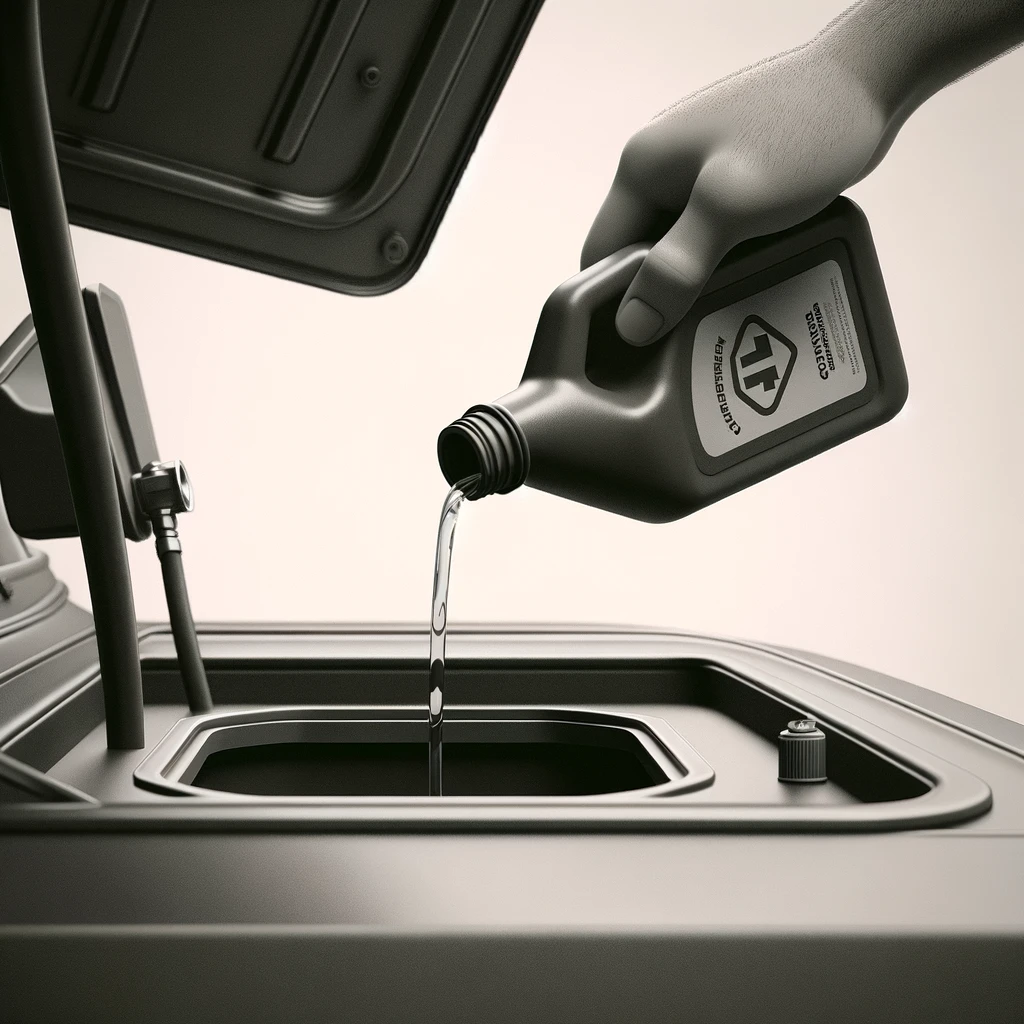Using a fuel injector cleaner is an effective way to maintain your vehicle’s performance and fuel efficiency. Over time, fuel injectors can become clogged with deposits, leading to poor engine performance and reduced fuel economy. This guide will walk you through the process of using a fuel injector cleaner to keep your engine running smoothly.
Why Use Fuel Injector Cleaner?
- Improved Engine Performance: Clean fuel injectors ensure efficient fuel combustion, resulting in smoother acceleration and better overall performance.
- Enhanced Fuel Efficiency: Removing deposits can improve fuel economy, saving you money at the pump.
- Reduced Emissions: Cleaner injectors help your engine burn fuel more completely, leading to lower emissions.
When to Use Fuel Injector Cleaner
It’s generally recommended to use a fuel injector cleaner every 3,000 to 5,000 miles, or during your regular oil change. However, this can vary based on your driving habits and fuel quality. Signs that your injectors may need cleaning include rough idling, engine misfires, and decreased fuel efficiency.
Tools and Materials Needed
- Fuel injector cleaner (available at auto parts stores)
- Owner’s manual (for reference)
- Fuel funnel (optional, but helpful for pouring)
Step-by-Step Guide to Using Fuel Injector Cleaner
Choose the Right Fuel Injector Cleaner
Select a high-quality fuel injector cleaner compatible with your vehicle. Brands like Chevron Techron, Lucas, and Sea Foam are popular choices. Ensure the product is suitable for your engine type (gasoline or diesel).
Check Your Fuel Level
For optimal results, the fuel tank should be nearly empty before adding the cleaner. Check your owner’s manual for any specific recommendations regarding fuel levels.
Pour the Fuel Injector Cleaner into the Tank
- Open the Fuel Cap: Open your vehicle’s fuel cap.
- Add the Cleaner: Using a fuel funnel, if available, pour the recommended amount of fuel injector cleaner directly into the fuel tank. Most cleaners are designed for a full tank of fuel, so ensure you use the correct dosage.
Fill Up Your Fuel Tank
After adding the cleaner, fill your fuel tank with gasoline or diesel. This helps mix the cleaner evenly with the fuel, ensuring it reaches all the injectors.
Drive Your Vehicle
Drive your vehicle as you normally would. The cleaner will work its way through the fuel system, cleaning the injectors and removing deposits. For best results, use the entire tank of fuel before refueling.
Tips for Using Fuel Injector Cleaner
- Regular Maintenance: Incorporate fuel injector cleaner into your regular maintenance routine for optimal engine performance.
- Follow Instructions: Always follow the instructions on the product label for the best results.
- Monitor Performance: Pay attention to any improvements in engine performance and fuel efficiency after using the cleaner.
Conclusion
Using a fuel injector cleaner is a simple yet effective way to maintain your vehicle’s engine performance and fuel efficiency. By following this step-by-step guide, you can ensure that your fuel injectors remain clean and functional, leading to a smoother and more efficient driving experience.
FAQs
1. How often should I use a fuel injector cleaner?
- It’s recommended to use a fuel injector cleaner every 3,000 to 5,000 miles, or during your regular oil change.
2. Can I use fuel injector cleaner in a diesel engine?
- Yes, but make sure to choose a cleaner specifically designed for diesel engines.
3. Will fuel injector cleaner fix a clogged injector?
- It can help remove minor deposits, but heavily clogged injectors may require professional cleaning or replacement.
By incorporating fuel injector cleaner into your vehicle maintenance routine, you can keep your engine running smoothly and efficiently, ensuring a better driving experience.
